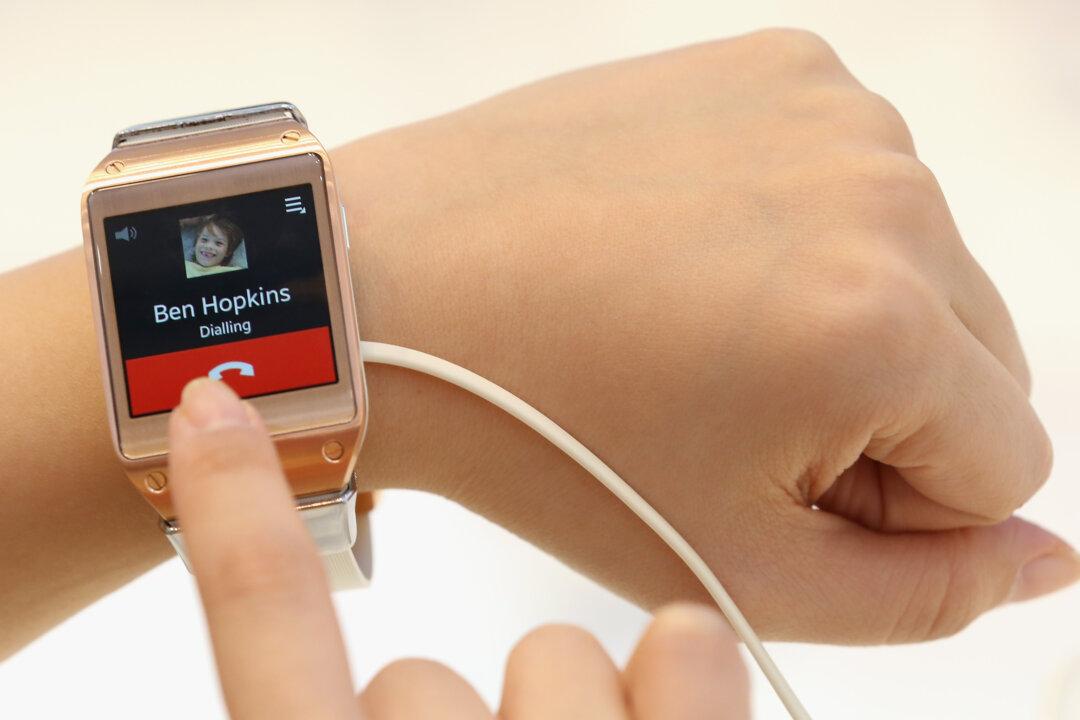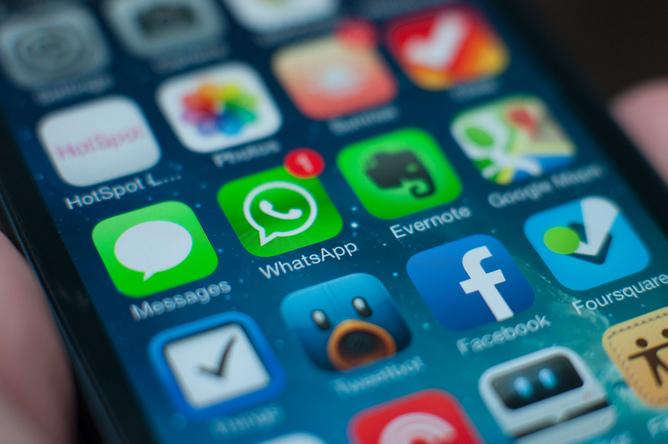The tech wars took a major swerve into the leftfield this week. No longer content with updating their phone offerings, companies have come over all James Bond in the hope of hitting upon the next big innovation. While one of the biggest presences in technology busies itself with Google Glass, its rivals are looking to our wrists. Samsung has, in the past few days beaten Apple to be the first to unveil a “smartwatch” and Sony is not far behind. It has worked in this field for some time but is preparing to make its Smartwatch 2 available some time this month in a bid to take on Samsung.
Samsung’s Galaxy Gear is priced at US$299 and can make phone calls, surf the Web, and take photos. Enthusiasts will tell us that we should all be getting on board with this innovation, even if these watches look like they’ve been lifted directly out of a 1980s action movie. We all originally scoffed at the idea that, one day, we would struggle to live without a telephone in our pockets at every waking moment but now the thought of leaving our mobile at home by mistake is enough to send chills down the spine. So can the same story play out for the smartwatch?
The Case Against
Some of the features that Samsung and company see as major selling points are a little puzzling. First, any tech lover will know from experiences with iPod nanos and the early days of digital cameras that big promises about tiny movies can end in disappointment. How many people actually watched anything on their nano screen just because Apple made it possible to? Similarly, the Galaxy Gear’s 1.63-inch screen is too small to comfortably watch any lengthy movie and the 1.9-megapixel camera is too small to take any photos of real quality.
It looks like phone calls will be made and music listened to using “hands-free” equipment on these smartwatches. This makes it hard to see the real benefit of wearing the device on your arm instead of having an equivalent one in your pocket. There are voice recognition features that allow users to draft messages, set alarms, and check the weather but these can already be done with a phone and yet, are often not done.
As for Web browsing on the go, this, more than any other feature, will need a good user interface. As we see with the range of Apple devices, the Web-browsing experience becomes more complicated for the user as the screen gets smaller and the user interface becomes more basic. I personally move from my iPhone, to my iPad, to my laptop, in that order, depending on how “serious” a Web-browsing experience I plan to have. If I’m just Googling some basic information, my phone will serve but the bigger devices really need to be brought out for anything more involved. I see smartwatches at the very bottom of this hierarchy.
So, apart from cool James Bond-style tricks, the only benefit at this stage appears to be the size and accessibility of the device.
The Case For
So these watches are too small, too annoying, and not as good as your laptop. Why would you want to buy one? Because the people that make them think you should. According to one business analyst interviewed by Bloomberg this week, tech companies like smartwatches because they are “personal devices that are highly visible to consumers.” With a watch, the consumer instantly becomes a walking advert and that is obviously appealing to the vendor. The users themselves may not want them to be visible, but they may come to accept visibility if the benefits are big enough.
There is a group who could make smartwatches work from the outset, a tribe who already see smart devices as fashion accessories. Just as the iPod prepared society for the iPhone—essentially an iPod with phone and Web-browsing capabilities—it is the similarities between the smartwatch and fitness wristbands that will make the smartwatch socially acceptable to wear in the end.
Wristbands such as Nike+ are becoming more and more common as people embrace the potential of using personal devices to track their health and fitness levels. You don’t want Siri to tell everyone within a 30-foot radius that you’ve got an appointment at the GUM clinic in an hour, but you might be more inclined to share the news that you’ve just smashed your personal best on a 10-mile run. Smartwatches can log your step count, let you make a comment, and share your workout with your friends, all on one device rather than needing to synchronize and switch devices or take your iPhone for a run. Once you really need a watch for this part of your life, you’ll be nicely warmed up to embrace it as a phone and browser.
The primary use of any new technology is not predetermined by its designers or developers, it emerges from a conversation between the makers and the end users, and like most conversations it can evolve in unpredictable ways. We probably aren’t quite ready to stand on a street corner talking into our arms like a CIA agent every time the phone rings but we are ready to use these devices in some parts of our lives. And that’s how Samsung, Sony, and Apple will sneak these tiny machines into our shopping baskets. You won’t notice it happening, but happen it will.
Matthew Higgs is a postdoctoral research associate at University College London. This article was originally published at The Conversation, www.theconversation.com

